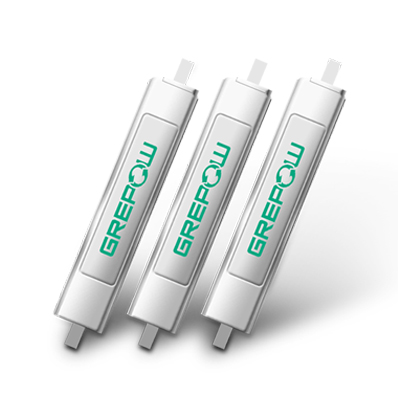The Future Of Medical Wearable
According to IDTechEx's research on 48 different types of wearable technology products, it is found that up to 40% of wearable devices are of the medical device type. Among them, traditional types of hearing aids, cardiac devices (such as Holter monitors) and insulin pumps, as well as new-type devices such as continuous blood glucose monitors (CGM) for diabetic patients, new electronic skin patches and emerging Wearable medical devices, etc.
What role do wearables have in the medical field in the future?
IDTechEx found that 20 wearable medical device products grew from annual revenues to $10 billion annually from 2010 to 2019, accounting for about one-third of all wearable device revenues in 2019. However, there are more and more companies that want to use data from wearable devices for healthcare situations. Early diagnosis of certain diseases is conducted by collecting clinical trial data to motivate people to achieve a better and healthy life. In fact, smartwatches belong to this type of representative, but only a small number of devices in the medical field currently have these functions. For example, the launch of the fourth-generation Apple Watch has licensed the FDA for various cardiac monitoring capabilities. In addition, other smartwatches with similar functions are being developed. Once the product is determined to be used in a medical environment, it will initially comply with the FDA's regulatory guidelines and strengthen its future product direction. However, not only smartwatches are touted as potential contributors to the medical device ecosystem. IDTechEx believes that emerging areas such as smart clothing, even though they are still in the early stages of medical applications, have more and more key players entering the field and strengthening the technology of electronic textile products. For example, Canada's Myant has strategically partnered with various participants (such as Mayo Clinic, ZOLL, and others) to get FDA-approved smart clothing products. Features include vital organ signal monitoring (heartbeat, breathing, blood pressure, etc.), electronic muscle stimulation (EMS) and wound healing heaters, and integrated chemical sensors.

Since many experts believe that the future of wearable devices is medical, how much medical future depends on wearable devices? In fact, wearable devices can provide one of the convenient and mobile options for a period of time, and even provide sensor devices with physical contact for families that need special care. More observers of the future of medical care have found that remote monitoring is very useful for several medical situations. There are a number of companies currently working to remotely monitor different health conditions and provide research funding for such projects for some startups.
What design challenges medical wearable devices will face
Wearable medical devices can be defined as non-invasive systems that can autonomously monitor or support specific medical functions. The term "wearable" indicates that the device is either a device worn directly on the human body or a piece of clothing with the appropriate design to support its use as a wearable accessory. Broadly speaking, this requires the device to be extremely small in size and weight, to function autonomously, to provide its own power supply, to be easy to use and to be comfortable to wear.Smart wearable medical devices are an extension of traditional medical devices. Medical devices used in hospitals are large, complex and power-hungry, and are designed for high-precision clinical applications. With the development of sensor and semiconductor technology, the device size and power consumption are much smaller than before, making wearable devices a reality. Many of the technologies used in hospital clinics have moved from hospitals to homes or into wearable devices.
Smart wearable healthcare devices are typically non-invasive vital signs monitoring devices that are easy to use and wear. In order to improve the user experience, the lighter the weight, the lower the power consumption, the better. It also provides the ability to connect to other consumer electronic devices.
How to Choose Medical Batteries?
As with all electronics, the trend in medical devices is to make them smaller, lighter, more efficient, more reliable and more competitively priced. At the moment they need a safe battery to power them.
Tips for selecting a medical battery
Modern medical devices require compact, lightweight, efficient, economical, RoHS compliant, reliable and ultra-safe power sources. Switching mode power supplies can meet all these requirements, but not all power supplies are the same. Medical equipment OEMs should pay attention to selecting power sources from reputable suppliers, preferably with mature experience in the medical electronics field and a full understanding of the special requirements and changing standards of the professional industry.
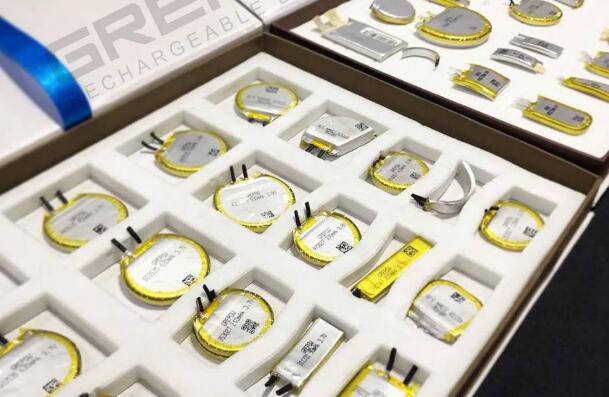
Medical battery based on the lowest price, because the high cost of potential legal action, product recalls, brand name damage and warranty repairs far outweigh any potential cost savings on the front end. Medical OEMs should also take care to ensure that their selected power sources are fully compliant and certified to the current version of IEC, EN, UL, and CSA medical safety standards. Taking these precautions will make it easier for new medical devices to be certified by responsible safety agencies and the FDA.
Customized batteries for medical devices
As the world’s leading designer and manufacturer of the custom batteries for more than 20 years. Grepow Battery continually devotes our resources and efforts to developing higher performing & critically reliable rechargeable batteries for medical devices. Lithium batteries for medical devices produced by Grepow have complete safety protection circuit, equalization circuit and battery management unit (BMU), and the combination of multiple serial lithium batteries is strict with high consistency. The product has been tested under different temperature, current, shelf life and other conditions, including various abuse tests, to ensure the safety performance of the battery. Medical instrument lithium battery pack is widely used in the B ultrasound machine, ECG monitor, infusion pump, ventilator, anesthesia machine, light curing machine, physical therapy, rehabilitation instrument and so on. Based on the advanced technology, stringent quality control, and cost competitiveness, it is able to offer a wide range( -40 ℃~50 ℃ or 20 ℃~80 ℃) of quality batteries to meet customers’ ever-growing demands for higher performance, higher energy density, safer, lighter weight and 1000 cycles life. Custom shaped batteries to fit into any and all available space in your product for maximum efficiency.

IS09001, ISO14001, TS16949, OHSAS18001 quality system certification, and our products can pass ROHS, CE, UL, UN38.3, MSDS, and other certification. If you need any product certifications, please let us know and we can help to apply for the certification for you. So far, Grepow sales network covers all areas of China, most areas of Asia, Europe, America, Austria, and some areas of Africa. They also have established offices in Xinjiang, Germany, and the U.S.A. to provide better service to their customers for delivery efficiency and after-sales service.
The Future of Wearable Devices in Healthcare
Technology is continuously altering the medical industry and the future is no exception. Advancement in healthcare today is amazing compared to 100 years ago, and undoubtedly 100 years from now, the healthcare industry will become unrecognizable from what it looks today. Wearable devices with the integration of Artificial Intelligence and Machine Learning will lead the way of future healthcare. Just like smartwatches, Continuous Glucose Monitoring devices, Smart bandages, Smart pills, and remote patient monitoring – to name a few – will be common applications in the future healthcare industry. In short, wearable devices and medical care will become an inseparable perfect combination in the future and will become the main trend of the future development of wearable products. If you are interested in our products, please don’t hesitate to contact us at any time!
Email: info@grepow.com
Grepow Website: https://www.grepow.com/
Related Articles
-
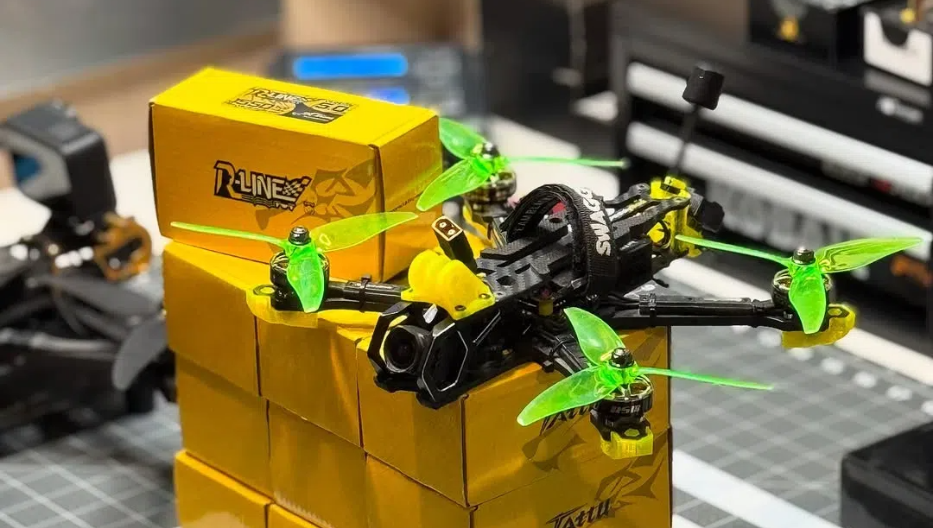
FPV Drone Types: All You Need to Know
2025-03-06 -
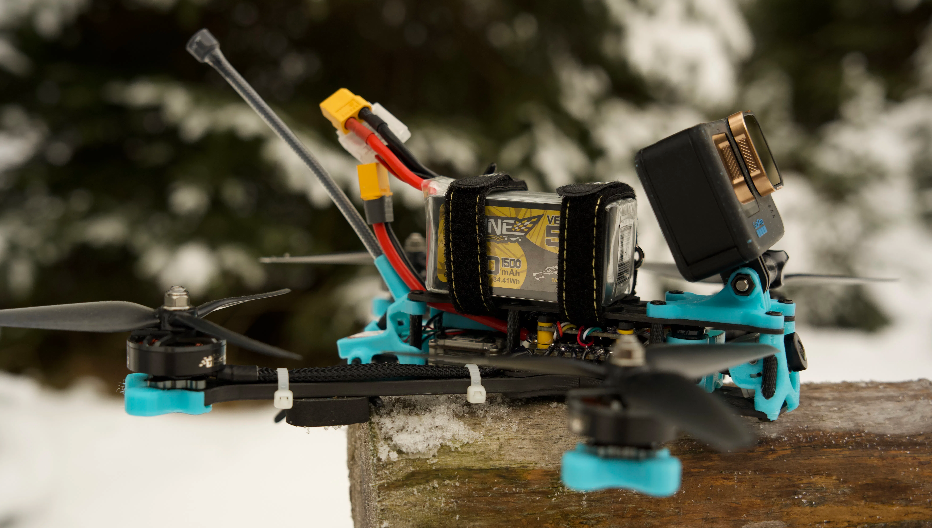
The Ultimate Guide to FPV Battey
2025-02-11 -
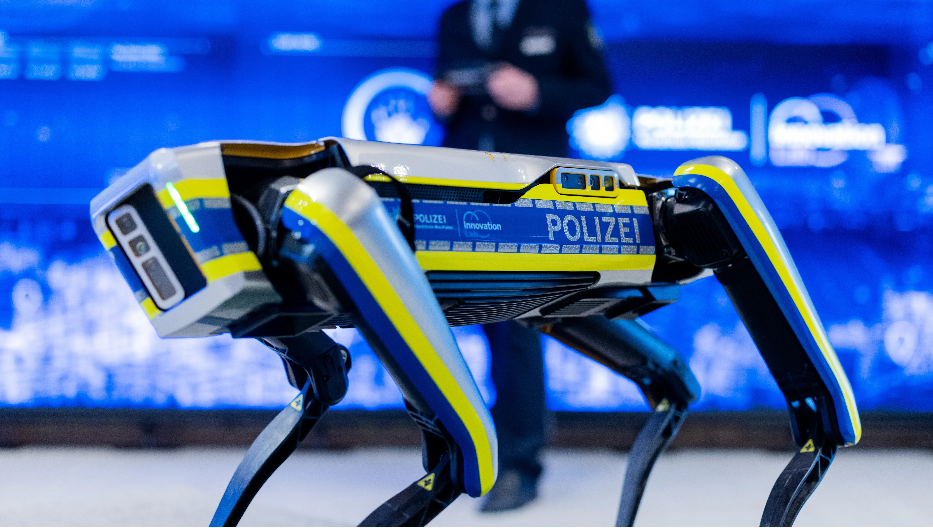
Exploring the Power Behind Quadrupedal Robots: A Deep Dive into Robot Dog Batteries
2025-01-22















































